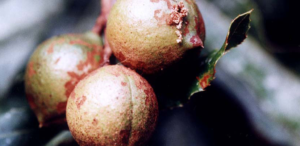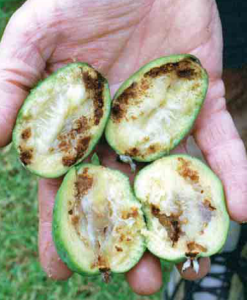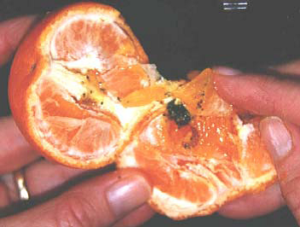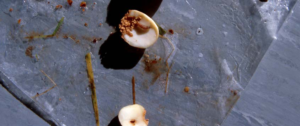Guava Moth
- cathyredwoods
- Sep 18, 2018
- 2 min read
GUAVA MOTH, WHAT IS IT?
The guava moth is a native of Australia. It was first found in Kaitaia in 1997. It lays its eggs at the ends of fruit and the caterpillar (larva) hatches out and burrows into the fruit. The larva feeds within the ripening fruit producing frass (excrement) and encouraging the growth of fungus.
WHAT DOES IT LOOK LIKE?
The moth is small, black-and white and speckled and about a cm long. It is difficult to distinguish from other NZ moths of the same family. The larvae are pink and up to 8 mm long and feed in the ripening fruit (though in loquats, peaches and macadamia nuts it bores into the kernel/nut). When the fruit falls to the ground the fully-grown larva leaves the fruit to pupate in leaf litter and soil debris. It constructs a camouflaged cocoon out of loose bits of stick and leaves about 8 mm long. The adult moth emerges about 14 days later.
HOST PLANTS TO THE GUAVA MOTH INCLUDE: Guava, Feijoa, Macadamia, Loquat, Plum, Peach, Nashi Pear, Mandarin, Lemon
Internal damage to macadamia
TEAM TIPS
As yet there is no spray that has been registered to combat the moth so we recommend some simple good housekeeping practices.
Guava Moth traps is ideal for trapping and monitoring & smaller number of trees but for managing & controlling larger infestations and crops, other methods may also be required.
Don’t let fallen fruit rot on the ground, as the bug can continue its life cycle in the ground, remove or let the chickens loose around the trees.
Insecticides that are used for codlin moth may be useful against the Guava moth, come in and we can recommend the best product.






Comentarios